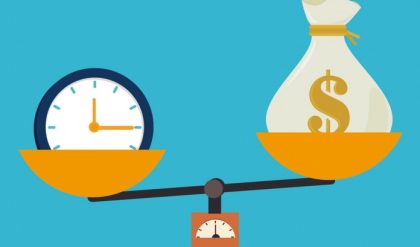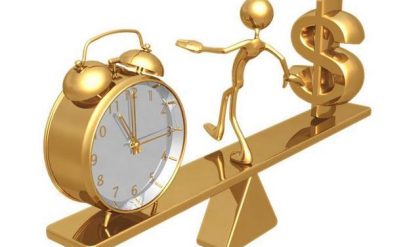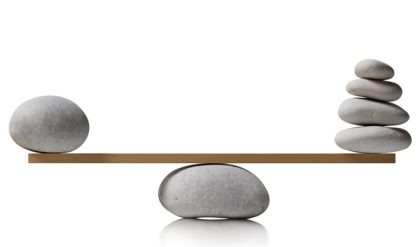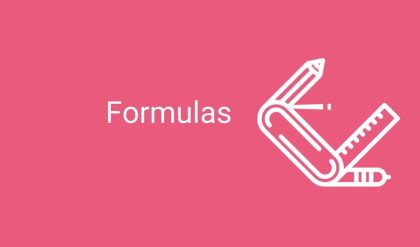A very well accepted approach of explaining consumer’s demand is indifference curve analysis. As we all know that satisfaction of a human being cannot be measured in terms of money, so an approach which could be based on consumer preferences was found out as Indifference curve analysis.
Indifference curve analysis is based on the following few assumptions −
· It is assumed that the consumer is consistent in his consumption pattern. That means if he prefers a combination A to B and then B to C then he must prefer A to C for results.
· Another assumption is that the consumer is capable enough of ranking the preferences according to his satisfaction level.
· It is also assumed that the consumer is rational and has full knowledge about the economic environment.
An indifference curve represents all those combinations of goods and services which provide same level of satisfaction to all the consumers. It means thus all the combinations provide same level of satisfaction, the consumers can prefe them equally.
A higher indifference curve signifies a higher level of satisfaction, so a consumer tries to consume as much as possible to achieve the desired level of indifference curve. The consumer to achieve it has to work under two constraints namely − he has to pay the required price for the goods and also has to face the problem of limited money income.

The above graph highlights that the shape of the indifference curve is not a straight line. This is due to the concept of the diminishing marginal rate of substitution between the two goods.
Consumer Equilibrium
A consumer achieves the state of equilibrium when he gets maximum satisfaction from the goods and does not have to position the goods according to their satisfaction level. Consumer equilibrium is based on the following assumptions −
· Prices of the goods are fixed
· Another assumption is that the consumer has fixed income which he has to spend on all the goods.
· The consumer takes rational decisions to maximize his satisfaction.
Consumer equilibrium is quite superior to utility analysis as consumer equilibrium takes into consideration more than one product at a time and it also does not assume constancy of money.
A consumer achieves equilibrium when as per his income and prices of the goods he consumes, he gets maximum satisfaction. That is, when he reaches highest indifference curve possible with his budget line.
In the figure below, the consumer is in equilibrium at point H when he consumes 100 units of food and purchases 5 units of clothing. The budget line AB is tangent to the highest possible indifference curve at point H.

The consumer is in equilibrium at point H. He is on the highest possible indifference curve given budgetary constraint and prices of two goods.






Comments are closed.